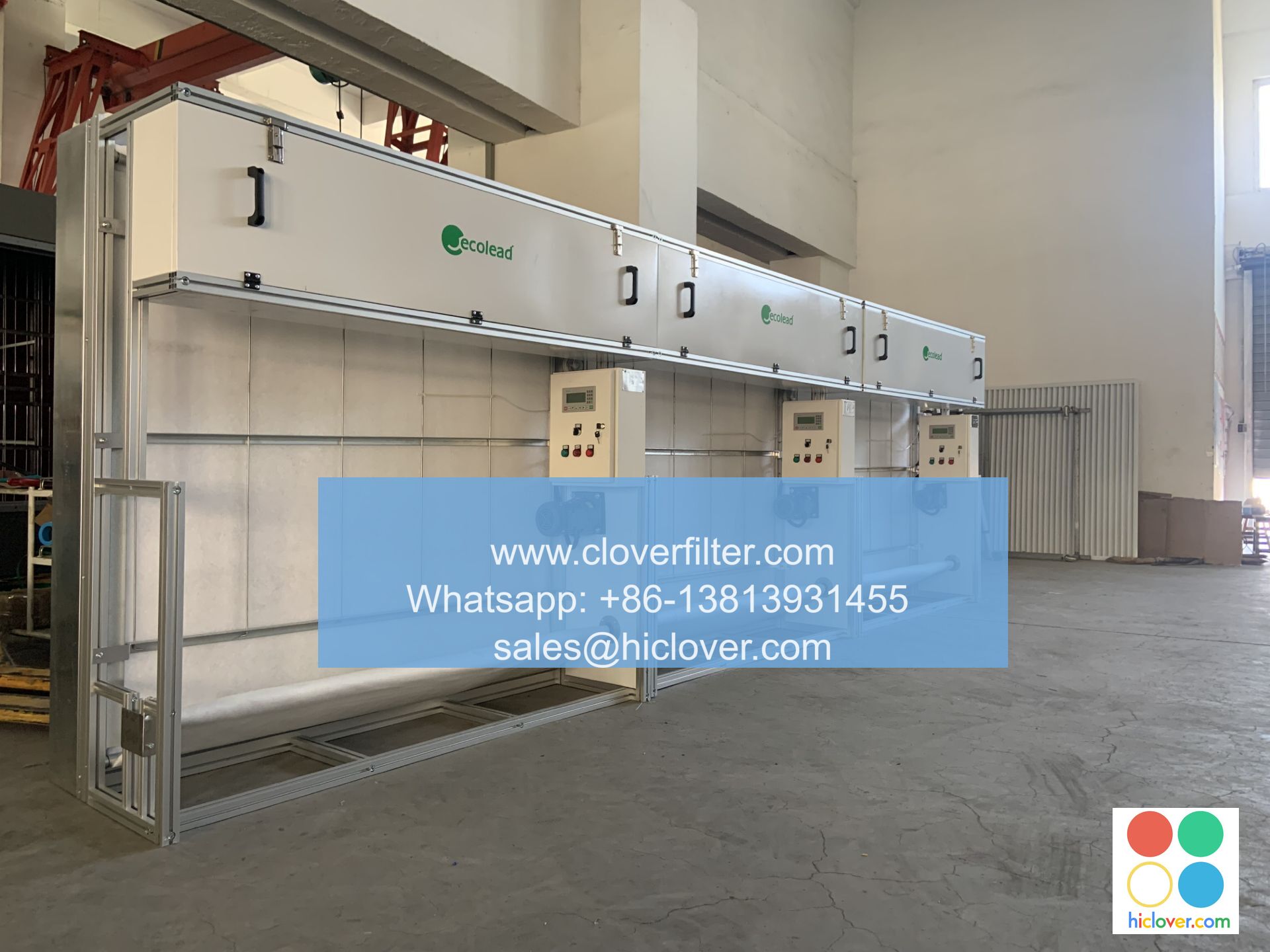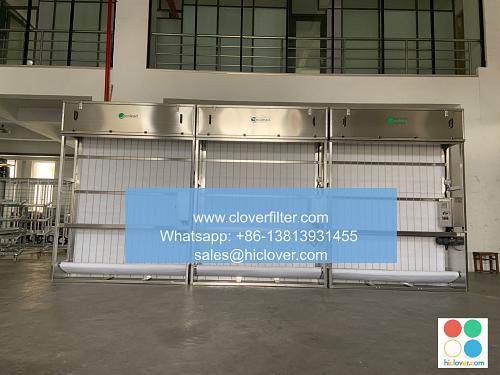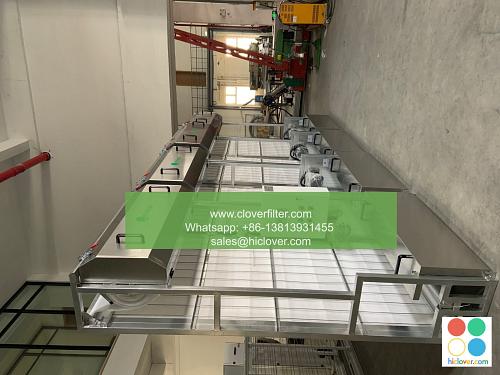Understanding the Difference Between Standard and Premium Air Filters

Understanding the Difference Between Standard and Premium Air Filters: What You Need to Know
When it comes to air filters, there are two primary types to choose from: standard and premium. While both types of filters are designed to capture dust, pollen, and other airborne particles, there are significant differences between the two. In this article, we’ll explore the key differences between standard and premium air filters, as well as their various application areas.
Standard Air Filters: A Basic Solution for Common Issues
Standard air filters are designed to provide basic air filtration for common issues such as:
- Capturing large particles like dust, pet dander, and hair
- Reducing odors and scents
- Preventing pest infestations
Standard air filters are typically made of a single layer of fiberglass or synthetic material and are designed to capture larger particles in the air. They are often used in residential settings, such as homes, apartments, and small offices, where basic air filtration needs are met.
Premium Air Filters: A Higher-Level Solution for Sensitive Individuals
Premium air filters, on the other hand, are designed to provide advanced air filtration for:
- Capturing smaller particles like mold, bacteria, and viruses
- Reducing allergen counts and triggering reactions
- Minimizing indoor air pollution and chemicals
- Improving indoor air quality for sensitive individuals
Premium air filters are made up of multiple layers of synthetic material, including activated carbon, HEPA (High Efficiency Particulate Air), and other advanced technologies. These filters are designed to capture even the smallest particles in the air, making them ideal for individuals with severe allergies, asthma, or other respiratory issues.
Key Differences: Standard vs. Premium Air Filters
Here are some key differences between standard and premium air filters:
- Captivity rate: Standard filters capture larger particles, while premium filters capture much smaller particles (down to 0.3 microns).
- Activation material: Standard filters are often made of a single layer of fiberglass, while premium filters incorporate multiple layers of synthetic material, including activated carbon and HEPA.
- Service life: Standard filters typically need to be replaced every 1-3 months, while premium filters can last 6-12 months or more.
- Indoor air quality: Standard filters can merely maintain indoor air quality, while premium filters can improve and purify indoor air.
When to Choose Each
So, which type of air filter is right for you? Here are some guidelines to consider:
- Standard air filters are ideal for:
- Small, single-story homes with low air pollution concerns
- Apartments or small offices with basic air filtration needs
- Budget-conscious individuals
- Premium air filters are ideal for:
- Homes with multiple occupants, especially those with allergies or respiratory issues
- Large offices or commercial spaces with high air pollution concerns
- Individuals who prioritize indoor air quality and optimal health
Conclusion
In conclusion, while both standard and premium air filters are designed to capture airborne particles, there are significant differences between the two. Standard filters are suitable for basic air filtration needs, while premium filters are designed for advanced air filtration and purification. By understanding the differences between these two types of filters, you can make an informed decision about which one is right for you. Remember to consider your specific needs, indoor air quality concerns, and health requirements to choose the best air filter for your situation.
You’ve prompted the conversation! Now, what would you like to talk about? Feel free to ask a question, share something on your mind, or request some assistance on a specific topic. I’m here to help.


